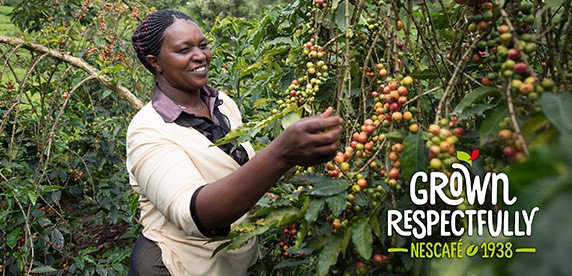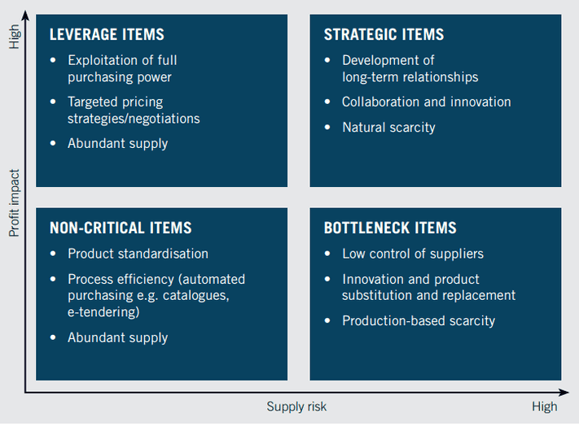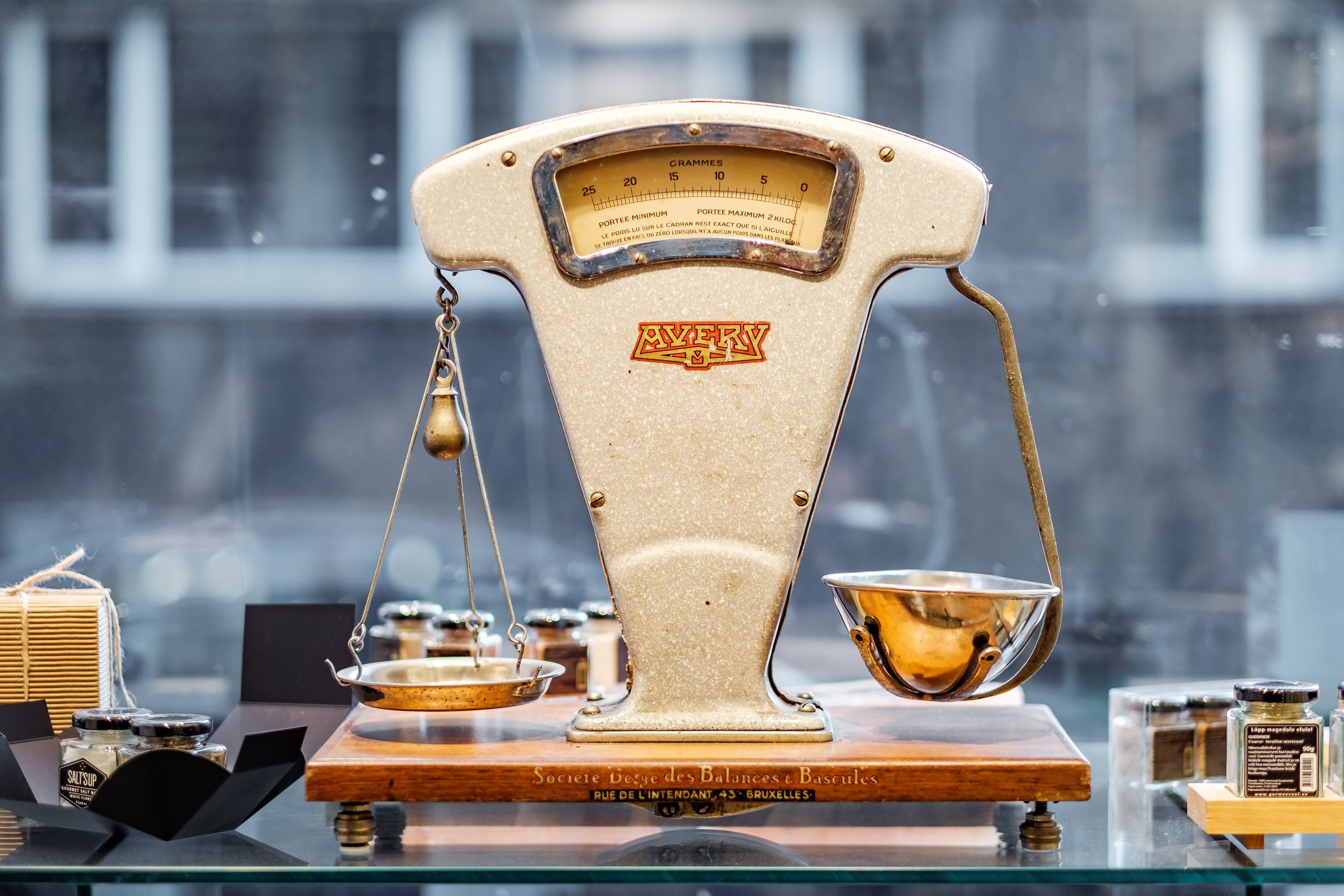Creating Shared Value
Commercial and societal gains can exist in parallel, and this is the true essence of creating shared value.
“The concept of shared value resets the boundaries of capitalism. By better connecting companiesʼ success with societal improvement, it opens up many ways to serve new needs, gain efficiency, create differentiation, and expand markets” (Porter & Kramer p. 7).
The buyer-supplier relationship is a collaboration during the procurement process that directly impacts societal and commercial gains within various tiers of ecosystems. Therefore, the relationship harnesses a large potential for scaling shared value creation.
Combating complexity by enhancing hands-on buyer-supplier engagement and collaboration, can lead to the development of the supplier base; scaling shared value.
Example:
To combat a large, global supply chain, containing a complex network of very locally sourced materials from local suppliers, Nestlé has been required to engage with suppliers actively, rather than beating them over the head in negotiations because their output and efficiency didn’t meet organizational goals and expectations. Nestlé realized that there was a gross lack of knowledge at various small-batch farms who Nestlé relied upon to produce specialized coffees, and the farms were trapped in a vicious cycle of “…low productivity, poor quality, and environmental degradation that limits production volume” (Porter & Kramer p. 6).
Nestlé decided to befriend these suppliers, rather than chewing them up and finding replacements. They looked over their own processes first, before placing the blame on the supplier.

“To address these issues, Nestlé redesigned procurement. It worked intensively with its growers, providing advice on farming practices, guaranteeing bank loans, and helping secure inputs such as plant stock, pesticides, and fertilizers. Nestlé established local facilities to measure the quality of the coffee at the point of purchase, which allowed it to pay a premium for better beans directly to the growers and thus improve their incentives. Greater yield per hectare and higher production quality increased growersʼ incomes, and the environmental impact of farms shrank. Meanwhile, Nestléʼs reliable supply of good coffee grew significantly. Shared value was created” (Porter & Kramer p. 6).
Understand Your Position & Power
Within buyer-supplier relationships resides a power disposition, which places the buyer or procurement team in the driver’s seat.
Which path will you take at the fork in the road?
Though procurement and sourcing have the pleasure of being the selective party in a buyer-supplier relationship, suppliers can be selective as well. They choose their customers, and it’s best you didn’t forget!
“When the economy is going well, you might be able to dictate the supplier’s goods and services — and sometimes even the service delivery model. When times get tough (and they can very quickly), suppliers will typically reevaluate your organization’s needs to see whether they can continue service in a fiscally responsible manner. To secure suppliers’ attention in favorable and challenging economic conditions, your organization should establish collaborative and mutually productive partnerships with them” (cerasis 2015).
Buying power must be treated with respect and handled responsibly, keeping shareholder, brand, and supplier best interests in mind throughout the course of a buyer-supplier relationship. It takes 2 to trade, and trade should be utilized as a means of enhancing job-creation, standards of living, and economic growth at scale.
Remember this the next time you sit down at the negotiation table with a supplier. There’s an expert sitting on the other side that can equally impact your top-line value.
Suppliers are friends, not food.
Until next time.













